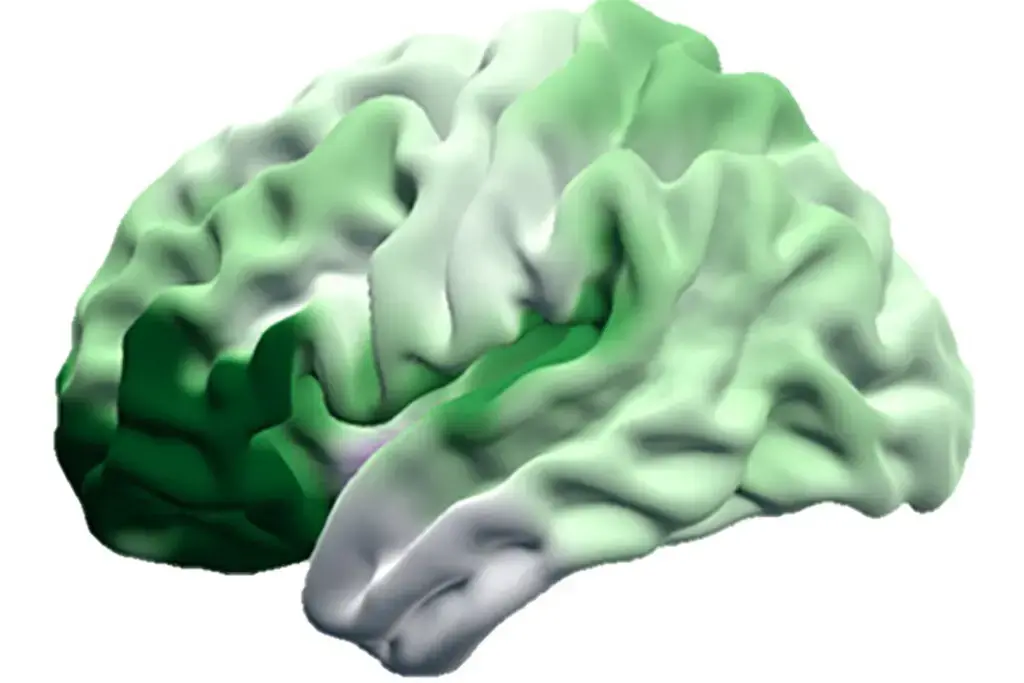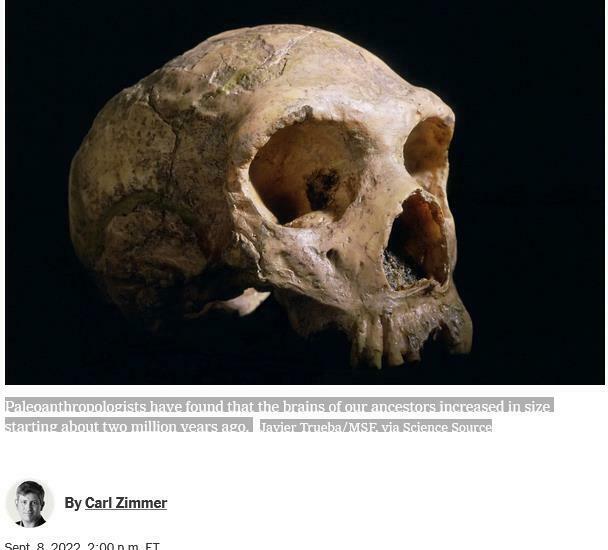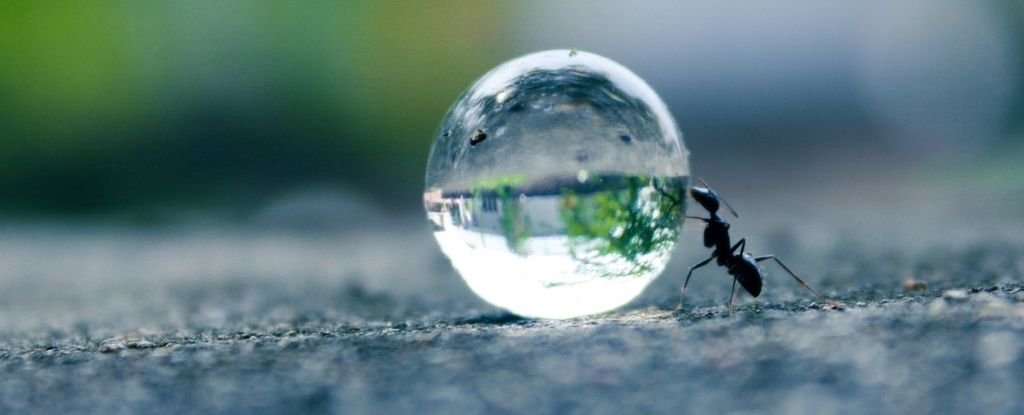
#biology #HumanEvolution #HumanBrains #ChimpanzeeBrains
Our Bigger Brains Came With a Downside: Faster Aging
The darker green regions of the brain show the parts that have expanded the most during human evolution. A new study shows that they are the same sections that shrink the most during aging.Credit...Vickery et al., Science Advances, 2024
By Carl Zimmer
Aug. 28, 2024
A study comparing chimpanzee and human brains suggests that the regions that grew the most during human evolution are the most susceptible to aging.
https://www.nytimes.com/2024/08/28/science/chimpanzee-brain-aging.html?unlocked_article_code=1.GU4.2NER.XsxfYAunBY8d
3 Likes
1 Comments








